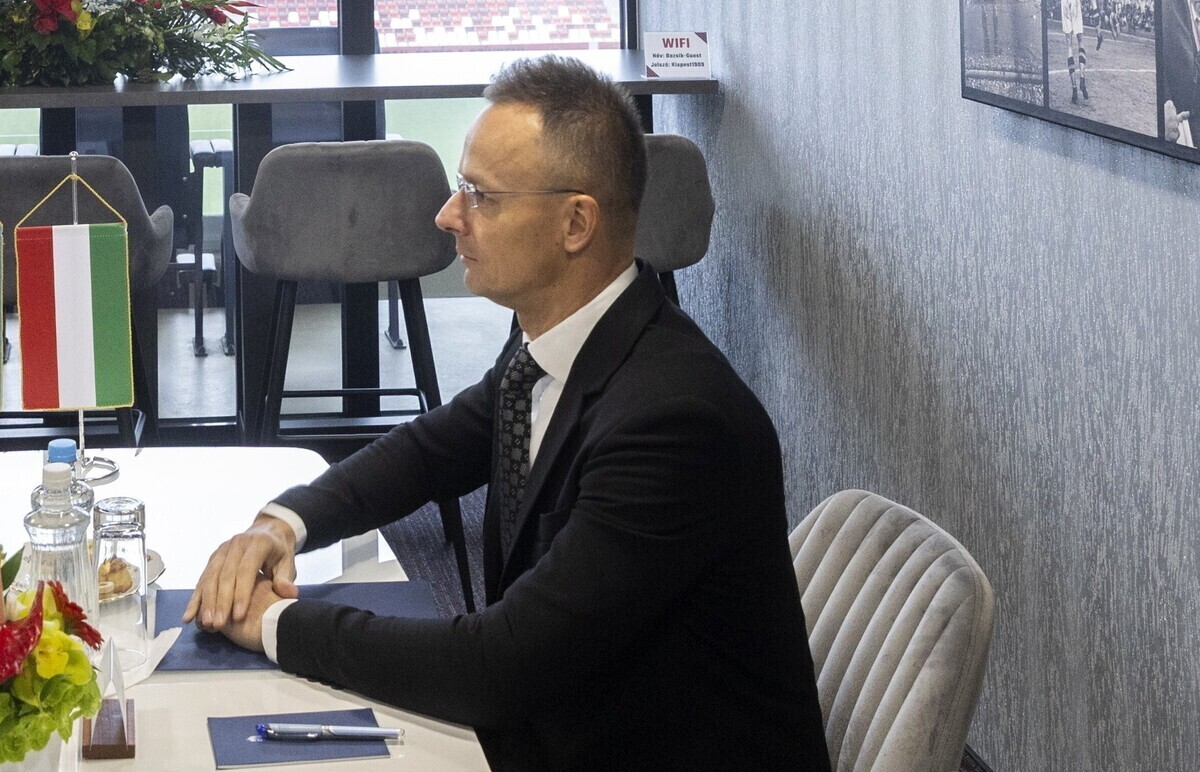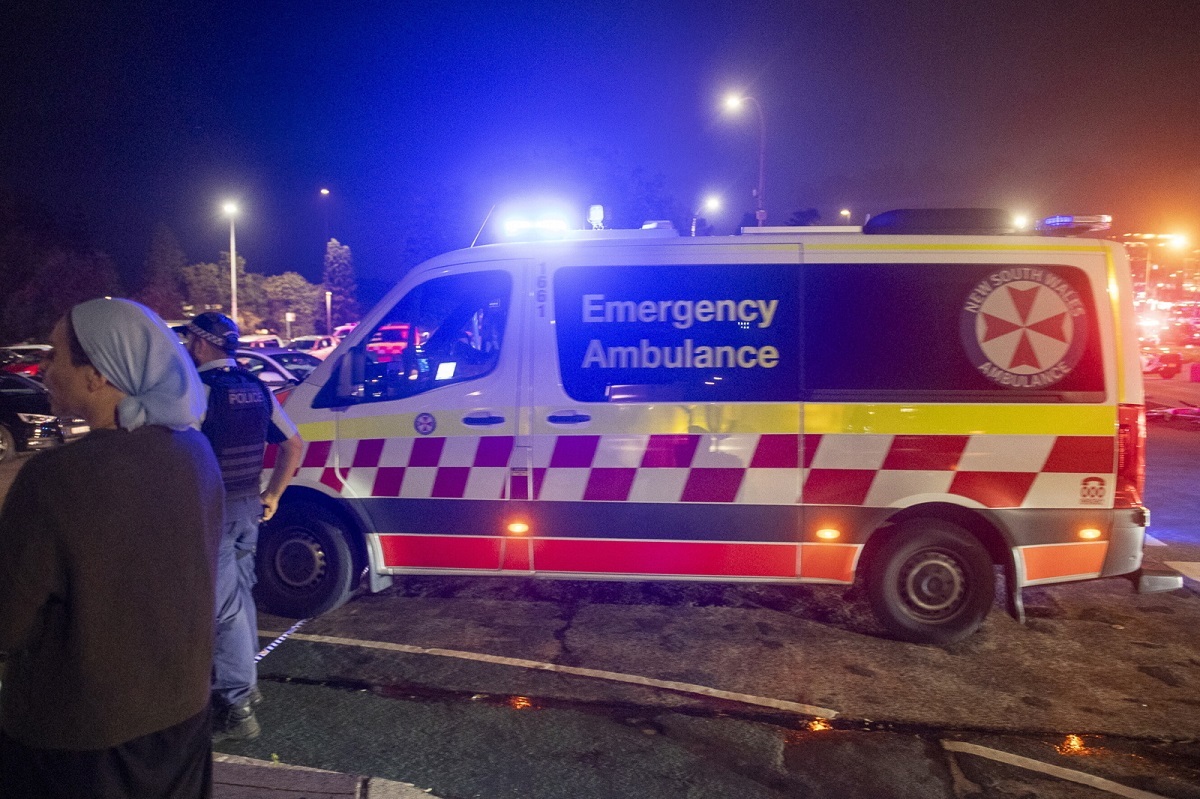
A recent incident involving an airline passenger sneaking their spouse from economy into a lie-flat business class seat has sparked debate around cabin policies and flight attendant discretion.
The episode reportedly took place on a flight with lie-flat seating operated by an unnamed carrier, highlighting gray areas in enforcement.
While the passenger’s partner was originally seated in economy (Y), the business class (J) seat arrangement allowed the couple to lie down together briefly.
This move violates both airline safety regulations and ticketing rules, yet it was temporarily tolerated by the cabin crew on this occasion.
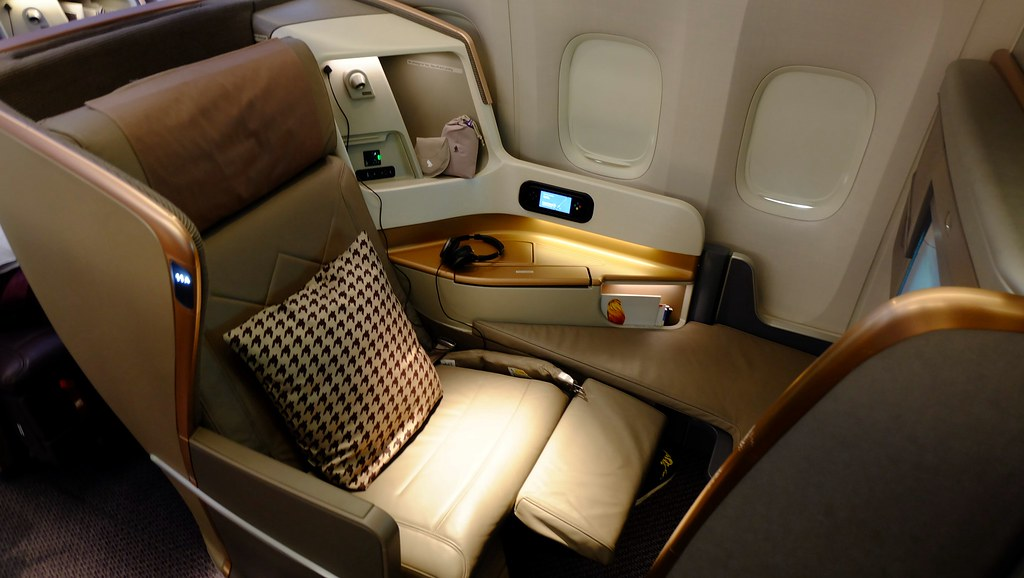 Singapore Airlines Boeing 777-300ER Business Class | Photo: Matt@CKG
Singapore Airlines Boeing 777-300ER Business Class | Photo: Matt@CKG Economy Passenger Cabin Access Rule
Airlines generally prohibit passengers from switching cabins mid-flight, especially moving from economy to business or first class. Business class seats are certified for single occupancy, designed with one seatbelt, one oxygen mask, and load-bearing limitations.
These safety and engineering constraints make seat-sharing strictly against policy. Revenue protection is another factor; airlines expect each passenger to remain in their paid cabin class.
In this particular case, a flight attendant shared on social media that the couple was “ugly sleeping” in the same lie-flat seat before being asked to separate.
According to View From the Wing, responses from other flight attendants varied; some would have filed a report, while others claimed such instances are occasionally overlooked if not disruptive.
After 9/11, enforcement of cabin assignments became stricter for security reasons. While some legacy carriers like Delta Air Lines (DL) have, at times, permitted limited seat swaps after takeoff, these are typically informal, rarely advertised, and are always contingent on flight attendant approval.
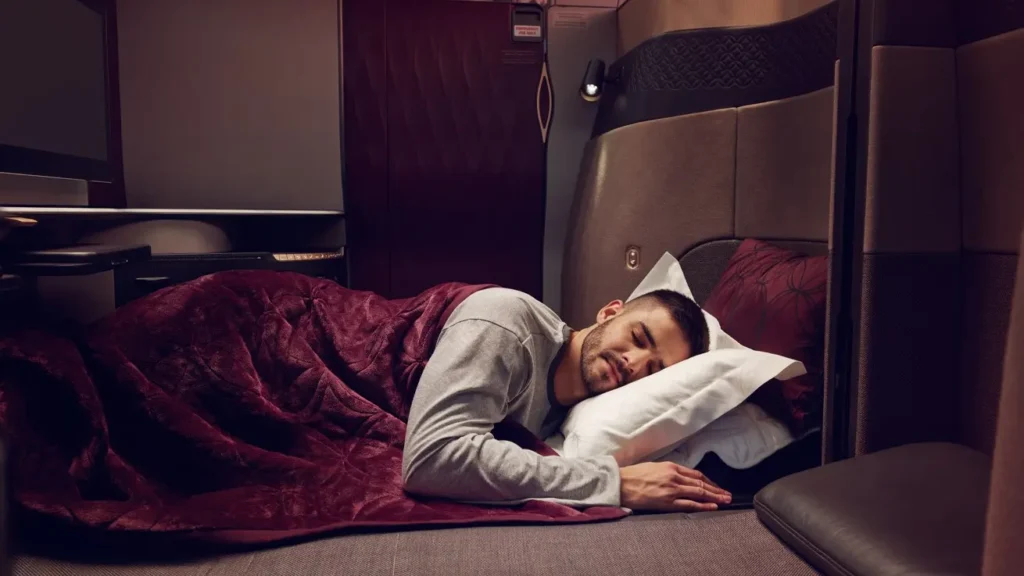 Photo: Qatar Airways
Photo: Qatar AirwaysPremium Cabin Privileges
Certain international airlines offer seating configurations that support shared experiences within premium cabins. Examples include:
- Singapore Airlines (SQ) on its A380 offers suites that can convert into a double bed for couples.
- Etihad Airways (EY) features the A380 First Apartment with a half-divider wall and extra seatbelts on the bench, allowing two passengers to lie down side-by-side.
- Qatar Airways (QR) offers the Qsuite, where two middle business class seats convert into a double bed.
- British Airways (BA) and Virgin Atlantic (VS) include ottoman seats with seatbelts in first or business class for companion dining.
- Cathay Pacific (CX) first class has ottomans with seatbelts and a large dining table extender for two.
While these features support shared space, they’re strictly available only to ticketed passengers in the premium cabin. Bringing someone from the economy up front remains against policy.
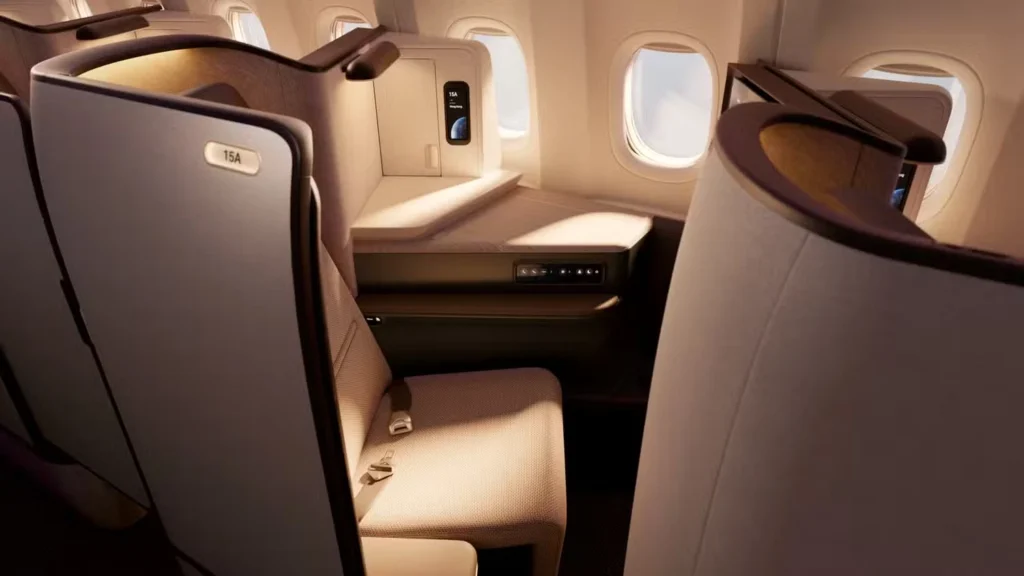 Photo: Cathay Pacific
Photo: Cathay PacificPassenger Conduct
Although rules are clear, cabin crew often use discretion when managing passenger behavior.
Small allowances, like allowing a child to visit a parent for comfort or a passenger briefly bringing a drink to someone in another cabin, might go unnoticed or be quietly permitted, especially during cruising altitude and when the seatbelt sign is off.
However, blatant violations such as two passengers attempting to occupy a single seat from different cabins are usually stopped.
Flight attendants may issue verbal warnings, separate the passengers, or, in formal cases, file an incident report with airline security.
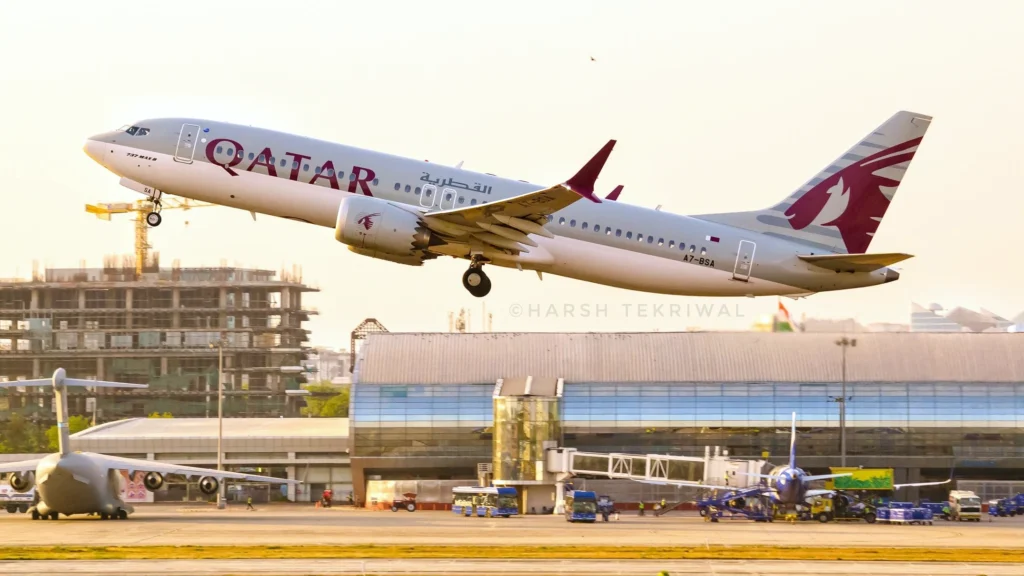 Photo: Harsh Tekriwal | AvgeekswithLens
Photo: Harsh Tekriwal | AvgeekswithLensFinal Thoughts
Airline seating policies are based on safety certification, service integrity, and revenue enforcement.
While passengers may occasionally see flexibility, particularly on long-haul flights with spacious cabins, it’s best not to expect such leeway.
Respecting crew instructions and staying within your ticketed cabin ensures a smoother experience for all onboard.
Stay tuned with us. Further, follow us on social media for the latest updates.
Join us on Telegram Group for the Latest Aviation Updates. Subsequently, follow us on Google News
Flight Attendant’s Secrets for Looking Fresh at 35,000 Feet
The post Business Class Passenger Brings Her Wife from Economy to Sleep Together, Is this Safe? appeared first on Aviation A2Z.

 4 miesięcy temu
4 miesięcy temu


